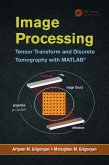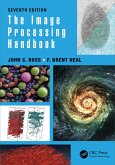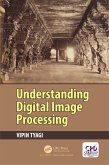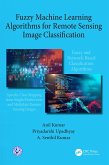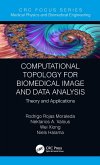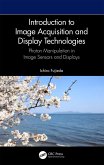This book will provide a unified theoretical foundation of image analysis procedures with accompanied Python® computer scripts to precisely describe the steps in image processing applications. Linkage between required scripts and theory through operators will be presented.
Dieser Download kann aus rechtlichen Gründen nur mit Rechnungsadresse in A, B, BG, CY, CZ, D, DK, EW, E, FIN, F, GR, HR, H, IRL, I, LT, L, LR, M, NL, PL, P, R, S, SLO, SK ausgeliefert werden.



